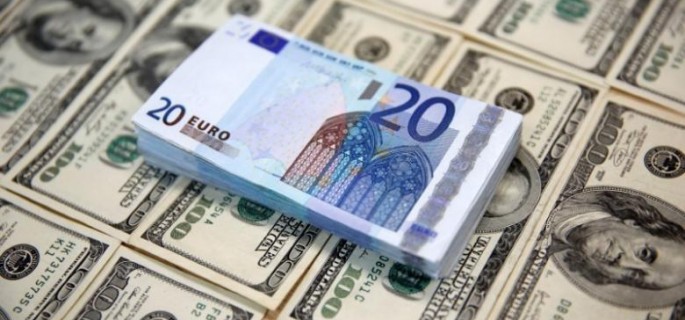Trade truce boosts the euro and hurts the US dollar

The DXY dollar basket dropped to 94.08, down from a high of 95.65 last week. The dollar is under pressure from a range of negative drivers. Friday’s GDP print could be the blow off top for US growth and data.
The developing reversal in the US dollar started a new leg lower on Wednesday as President Trump and the EU’s Jean-Claude Juncker agreed to de-escalate the trade tariff arguments and take steps towards freer bilateral trade. This primarily boosted the Euro and eurozone stocks, especially in the auto sector which had the most to lose if Trump decided to impose his threatened tariffs.
Easing trade war worries could start to put pressure on the US dollar too. Clearly the backdrop of escalating tensions has been dollar positive as the large rally in Q2 illustrates. Could this now reverse? According to a recent note, ING think it will,
“Earlier this summer, we noted how the US dollar had been the big winner of the Trade War Trap that has been plaguing global markets – so it’s not all too surprising to see the currency lower across the board on the back of easing global trade war risks (note USD crosses were trading at a 2-3% premium relative to interest rate differentials and global risk sentiment – and this is now starting to unwind).”
And the dollar is not only at risk from resolution in the trade war. As we have seen in the last week, President Trump is keen for a lower dollar and rates to stop going higher. Dollar longs have a powerful foe.
Also worth considering is that the trade war may have start to hurt the US economy and put pressure on the Fed to slow down its tightening. Adverse effects have not shown up quite yet in the macro data, but US companies – especially industrials – have blamed the trade war on weak earnings. Many of the companies affected have been hit by rising metal prices. According to Bloomberg,
“U.S. tariffs on metal imports are playing havoc with earnings at some of the most recognizable industrial companies in America, and a look at steel and aluminum prices shows why.
Surging demand and a 25 percent U.S. tariff have combined to send the benchmark domestic steel price surging more than 40 percent this year. Premiums added to the price of aluminum for delivery in the U.S. Midwest have more than doubled this year.”
Possible emergency support for US farmers shows the trade war may have a wider range of adverse effects. So while on the surface everything is still OK, the US economy may not be as healthy as some of the figures suggest. Friday’s scheduled GDP print for Q2 may be a blow off figure of over 4% (4.1% is expected), but this may mark the high point for some time.
US growth will be limited if global growth takes a dive, and according to figures just out, it is doing just that.
” The volume of world trade grew by 0.4% in May, according to CPB data published today. Monthly growth has averaged 0.1% per month so far in 2018, much lower than the averages in the second half of 2016 (0.5%) and 2017 (0.4%). The May data indicate a continued slowing in momentum, with trade volumes down 0.7% in the three months to May from the three months to February. Up until last month, trade volumes had been consistently recording positive growth on the previous three months since mid-2016. For the time being, it looks like the recovery has stalled,“ reported ING.
Perhaps the most worrying aspect of the above data is that the trade war was only just starting in May, and only the steel and aluminium tariffs were in place. We are yet to see how June fared with further tariffs and declining sentiment.
Source: ExchangeRates – Trade Truce Boosts The Euro And Hurts The US Dollar





























